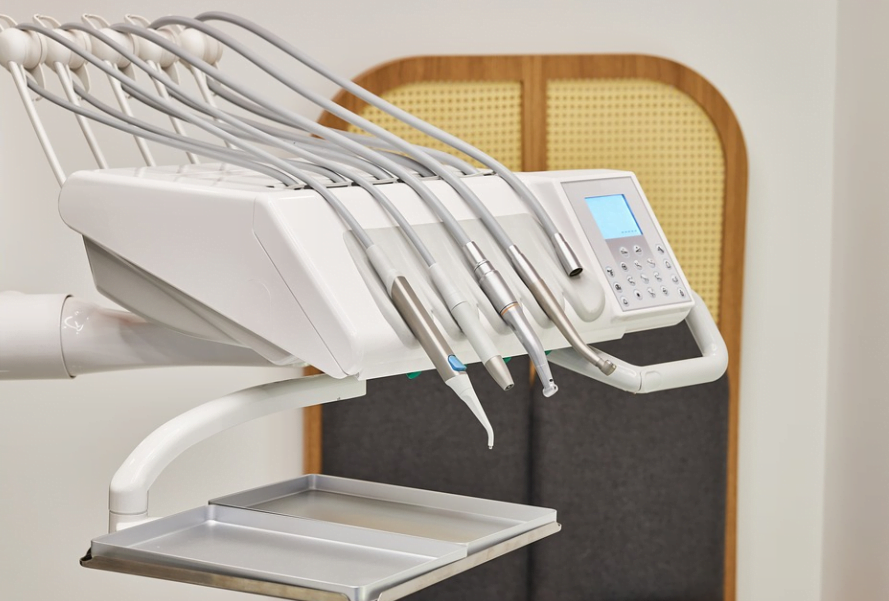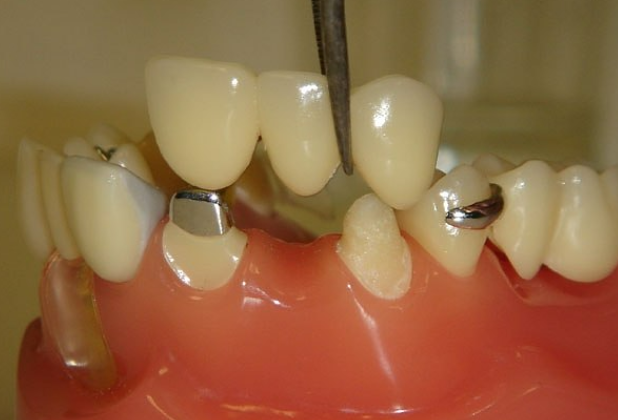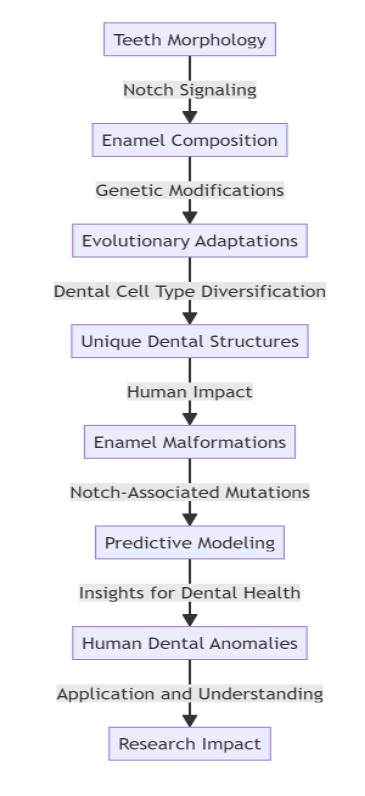Dental Tourism: A Booming Industry for Budget-Friendly, High-Quality Treatment
Dental tourism is taking the world by storm, as more and more people seek affordable, high-quality dental care in foreign destinations. As the cost of dental procedures continues to rise in countries like the United States and Canada, patients are looking to countries with lower costs and exceptional dental services to meet their oral health needs. The dental tourism industry has seen a significant increase in popularity, offering attractive packages for individuals and families alike.
Top Dental Tourism Destinations
Some of the most popular destinations for dental tourism include:
- Mexico – With its proximity to the United States and affordable dental care, Mexico has become a go-to destination for many Americans seeking dental procedures.
- Thailand – Known for its advanced dental clinics and state-of-the-art technology, Thailand offers top-notch dental services at a fraction of the cost.
- Costa Rica – Costa Rica is renowned for its high-quality dental care, eco-tourism, and stunning scenery, making it an attractive destination for dental tourists.
- Hungary – Europe’s dental tourism hub, Hungary boasts well-trained dentists and modern clinics, with prices significantly lower than those in Western Europe.
Detailed Comparison of Popular Dental Tourism Destinations
| Country | Services Offered | Average Cost* | Why Choose This Destination? |
|---|---|---|---|
| Mexico | – Dental implants
– Crowns and bridges – Root canals – Cosmetic dentistry – Orthodontics |
Dental Implant: $750-$1,000
Crown: $250-$500 Root Canal: $200-$350 |
– Proximity to the United States, making travel easy and affordable
– English-speaking dentists and staff – World-class dental facilities |
| Thailand | – Dental implants
– Crowns and bridges – Root canals – Cosmetic dentistry – Orthodontics – Oral surgery |
Dental Implant: $1,500-$2,000
Crown: $300-$600 Root Canal: $100-$300 |
– Highly advanced dental clinics and technology
– Reputation for high-quality dental care – Attractive vacation destination with rich culture |
| Costa Rica | – Dental implants
– Crowns and bridges – Root canals – Cosmetic dentistry – Orthodontics – Periodontics |
Dental Implant: $900-$1,500
Crown: $300-$600 Root Canal: $300-$500 |
– High-quality dental care
– Beautiful scenery and eco-tourism opportunities – English-speaking dentists and staff |
| Hungary | – Dental implants
– Crowns and bridges – Root canals – Cosmetic dentistry – Orthodontics – Prosthodontics |
Dental Implant: $800-$1,200
Crown: $250-$500 Root Canal: $200-$400 |
– Europe’s dental tourism hub
– Well-trained dentists – Modern clinics – Lower prices compared to Western Europe |
* Costs are approximate and can vary depending on the specific clinic and dentist chosen. Always request a detailed cost estimate before proceeding with treatment.
Benefits of Dental Tourism
Dental tourism offers numerous benefits for patients seeking dental care, such as:
- Cost savings: Dental procedures in popular dental tourism destinations can be 50-70% cheaper compared to the prices in the United States, Canada, or Western Europe, allowing patients to save a substantial amount of money.
- High-quality care: Many dental clinics in these destinations are equipped with the latest technology and employ well-trained, experienced dentists who offer top-quality care.
Shorter wait times: In some countries, lengthy wait times for dental appointments are common. Dental tourism destinations often have shorter wait times and faster treatment schedules. - Vacation opportunity: Combining dental treatment with a vacation allows patients to explore a new destination and culture while receiving dental care.
Factors to Consider Before Opting for Dental Tourism
Before embarking on a dental tourism journey, it’s essential to consider the following factors:
- Research: Thoroughly research the destination, dental clinic, and dentist to ensure they have the necessary qualifications, experience, and positive patient reviews.
- Travel and accommodation: Factor in the cost of travel, accommodation, and any additional expenses when calculating the total cost of your dental tourism trip.
- Post-treatment care: Be prepared for potential follow-up appointments or additional treatment once you return home. Choose a dental provider that offers post-treatment support and assistance.
- Insurance: Check if your dental insurance covers treatment in a foreign country, and understand the process for filing a claim.
By carefully considering these factors, you can ensure a successful and enjoyable dental tourism experience that not only improves your oral health but also offers an opportunity to explore a new destination. With proper research and planning, dental tourism can be a budget-friendly and exciting way to receive high-quality dental care.











